
|
|
|
|
|
|
|
|
|

|
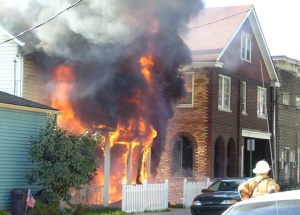
photo by Cochran Hose Company |
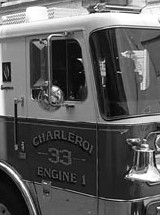
photo by Charleroi VFC |
|
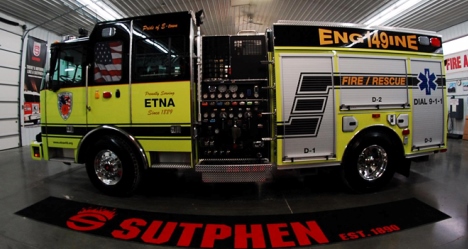
photo by Sutphen
|
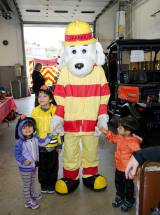
photo by Peters Twp VFD |
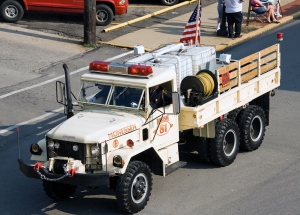
photo by Harry Gaydosz |
|
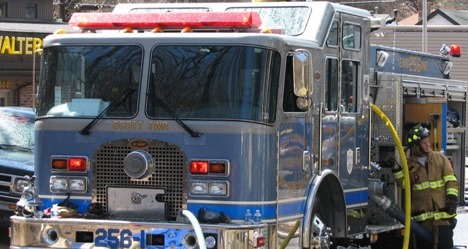
photo by East Carnegie VFD
|
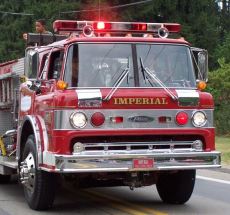
photo by Imperial VFD |
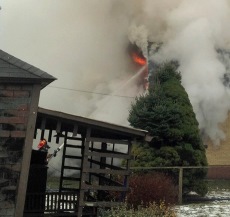
photo by Amy Wadas |
|
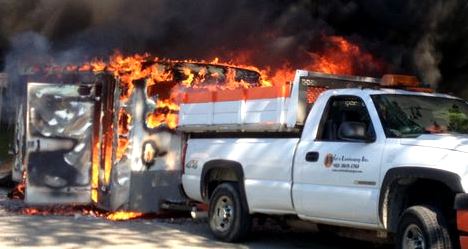
photo by WPXI TV-11
|
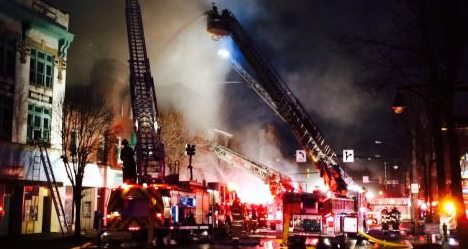
photo by Darrell Sapp
|
Fire and EMS frequency radio lingo
the Pittsburgh Metro uses radio lingo that could easily be described as "unique" to this area. Often mimicked elsewhere, but never quite duplicated, the language could be somewhat confusing to a non-resident responder.
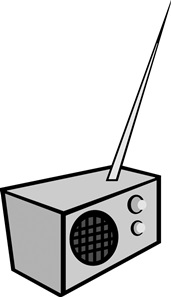
Help Needed If you are a responder in the Pittsburgh Metro, we need your help to verify the station information shown below is current and correct.
If you have any information to add to this section, please email us |
|
|
|
 |

|
 |

|

|

|

|

|

|

|

|

|

|

|

|

|

|

|
|
|
|
|
|
|
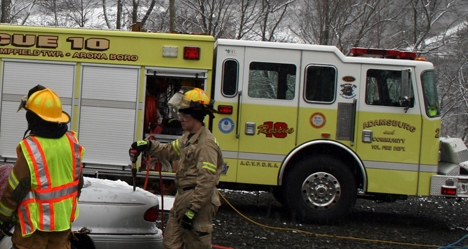
photo by Adamsburg VFD
|
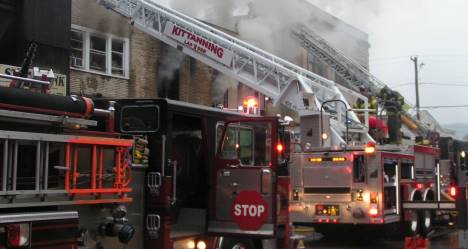
photo by Kittanning Hose Hook and Ladder Co#1
|
|
|
|
|
| Fire and EMS frequency radio lingo in the Pittsburgh Metro
|
|
Generally speaking, apparatus units normally are referred to as:
Engine = pumper, or vehicle with water, pump and hose.
Truck = ladder or aerial apparatus, which could include a tower, snorkel, or elevated platform device. These units may or may not include water or pumps, depending on the location and needs of the department.
Quint = the term "quint" means 4, which means these apparatus act in the capacity of 4 things: engine, ladder, pump, and water.
Rescue = vehicle equipped for rescue, extrication, or specialty rescue incidents. These vehicles normally include a hydraulic rescue tool system, and often include tools needed for trench, collapse, and vehicle accidents.
Heavy Rescue = a large rescue truck that includes a large array of vehicle extrication tools, and many types of specialty rescue equipment.
Brush = a unit specifically designed and outfitted to combat brush, grass, or woods fires.
Ambulance = apparatus equipped to save lives and treat the sick and injured. Often reffered to as "Medic Unit" when a paramedic is on board. Most ambulances respond with an EMT and a Medic on board. ALS is advanced life support care administered by an paramedic, and BLS is basic life support care administered by an EMT caregiver.
Officers = in large departments the Battalion Chiefs are often the shift commanders, and they often have command at incidents. Most paid departments include a Captain or Lieutenant that usually ride in the right front seat of the apparatus and they give the size up of the situation when they arrive on the scene. The often are in charge of interior firefighting and rescue operations while the Battalion Chief will often be the scene commander outside the incident. On large incident you may get a District or Deputy Chief that will be the overall scene commander. In the larger paid departments, the Fire Chief is normally an administrative role on daylight shift, while the other officers usually work a 24 hour shift. In the volunteer system, it is quite common for the Fire Chief to be on scene or on the apparatus and assume command. Other officers in the volunteer system often include a Deputy Chief, Assistant Chief, Captain, Lieutenant, or sergeant. They may ride or drive the apparatus, or a duty or utility vehicle, or drive their own personal vehicle to the scene.
Responses:
Often engine and or truck companies are dispatched along with a medic unit on medical calls. Normally this is due to the fact that there are a lot more fire units and fire stations, than there are medic units. Therefore a fire engine or truck will arrive on scene 1st, and administer care to the patients until the medic unit arrives. This also provide additional manpower for lifting.
In most jurisdictions, a fire response involving a structure will include several engines, at least one truck, and often a medic or rescue unit. A vehicle accident response will normally include medic units and a rescue engine or rescue truck.
For (PBF) structure fires they say "Attention all companies stand by for a channel 2 dispatch then give the Zone and the Responding companies".
In the City, responses include:
Generally for a working 1 alarm fire they send 4 engines. 1 engine will act as the RIT Team. 1 Truck, the MAC (Mobile Air Command) Unit, the Battlation Chief for that district, another chief to act as Safety Chief.
For each additional alarm there are 2 engines and 1 truck.
Fire Alarm Activations get 3 engines, 1 truck and a chief.
In Allegheny County; stations are referred to by the station number. Example: 247 = Berkeley Hills VFD. Individual apparatus are referred to by the station number and the unit number. Example: 186 Truck 1 = Highlad VFD aerial tower.
Some common phrases:
"In" = means that company is responding to the call for PBF, such as "8 Truck In"
"Back" or "Ready" = back in service or available
"Bad Cook" = food on stove
"Received" = copied; understood; message received
"Tool Job" = entrapment; extrication needed; also might hear "pin job" or "serious extrication"
"Job" = working incident
|
|
|
 |
|
|